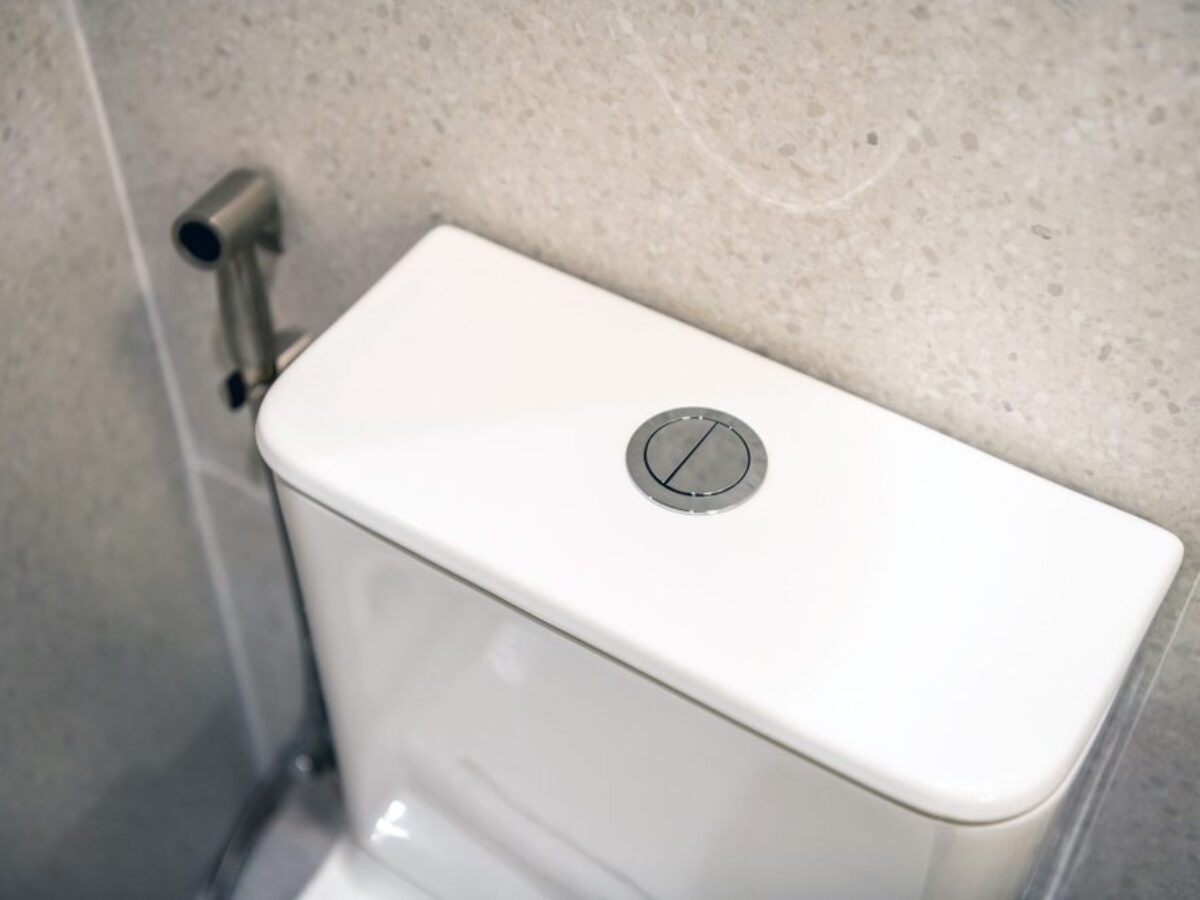

Articles
How Does A Dual Flush Toilet Work
Modified: March 24, 2024
Discover how a dual flush toilet works in this informative article. Learn how it conserves water and improves efficiency.
(Many of the links in this article redirect to a specific reviewed product. Your purchase of these products through affiliate links helps to generate commission for Storables.com, at no extra cost. Learn more)
Introduction
Welcome to the world of dual flush toilets! In today’s environmentally-conscious society, finding ways to conserve water is more important than ever. One area where significant water savings can be achieved is in the bathroom. That’s where dual flush toilets come in.
Dual flush toilets are a modern, innovative solution to reduce water consumption without sacrificing performance. They offer two flushing options – a low-volume flush for liquid waste and a high-volume flush for solid waste. This ingenious design helps to minimize water usage and lower water bills, all while maintaining hygiene and efficiency.
In this article, we will explore the ins and outs of dual flush toilets, including their components, how they work, the water-saving benefits they offer, and some valuable maintenance tips.
So, let’s dive in and discover the wonders of dual flush toilets, and how they can revolutionize your bathroom experience while helping the environment!
Key Takeaways:
- Dual flush toilets offer two flush options – low-volume for liquid waste and high-volume for solid waste, promoting water conservation and reducing water bills while maintaining efficiency and cleanliness.
- Regular maintenance, including cleaning, leak checks, and educating users, ensures optimal performance of dual flush toilets, prolonging their lifespan and maximizing water savings.
Read also: 12 Best Dual Flush Toilet Kit for 2024
Understanding Dual Flush Toilets
Dual flush toilets are a modern take on the traditional single flush toilets that have been prevalent for many years. The key difference lies in their flushing mechanism, which allows users to choose between two different flush options: a low-volume flush for liquid waste and a high-volume flush for solid waste. This innovative design aims to optimize water usage and promote water conservation.
One common misconception about dual flush toilets is that they are only suitable for commercial or public settings. However, they are equally beneficial for residential use. In fact, incorporating dual flush toilets in residential bathrooms can significantly reduce water consumption and contribute to a more sustainable lifestyle.
When it comes to installation, dual flush toilets are available in various styles and designs to suit different aesthetic preferences and bathroom layouts. They can be found in both one-piece and two-piece configurations, making them adaptable to different spaces. Additionally, many models also offer features such as soft-closing lids and water-efficient flushing mechanisms.
By understanding the functionality and advantages of dual flush toilets, you can make an informed decision about whether they are the right choice for your home or business. Let’s take a closer look at the components that make up a dual flush toilet and how they work together to deliver efficient and effective flushing performance.
Components of a Dual Flush Toilet
A dual flush toilet consists of several key components that work together to provide the two flushing options. Understanding these components is essential for maintaining and troubleshooting your dual flush toilet. Let’s explore the main parts:
- Flush Buttons or Handles: At the top of the toilet tank, you will find the flush buttons or handles. These are used to select the desired flush volume. Typically, you will have two options – a smaller button or handle for a low-volume flush (also known as a half flush) and a larger one for a high-volume flush (known as a full flush).
- Flush Valve: The flush valve is a vital component that controls the release of water from the toilet tank into the bowl during flushing. It is located at the bottom of the tank and is responsible for initiating the flush process when the buttons or handles are pressed.
- Overflow Tube: The overflow tube is a small cylindrical pipe that prevents the toilet tank from overflowing. It ensures that excess water flows down into the bowl instead of spilling over the top of the tank.
- Rim Jets: These are small holes located around the inner rim of the toilet bowl. During flushing, water is released through these jets to create a swirling motion that helps to clean the bowl more effectively.
- Siphon Jet: The siphon jet is a powerful jet at the bottom of the toilet bowl. It activates during a full flush to create a strong suction force that effectively removes waste from the bowl.
- Fill Valve: The fill valve, also known as the inlet valve or ballcock, is responsible for refilling the toilet tank with water after flushing. It is connected to the water supply line and is activated when the toilet tank is empty.
- Trapway: The trapway is a curving pipe located at the base of the toilet bowl. It is designed to carry waste and water from the bowl to the drain pipe. The shape and size of the trapway play a crucial role in preventing clogs and ensuring efficient waste removal.
These are the main components that make up a dual flush toilet. Each part has a specific function in the flushing process, working together to deliver efficient and reliable performance. Understanding how these components work will help you troubleshoot any issues that may arise and ensure that your dual flush toilet operates smoothly.
How the Dual Flush Mechanism Works
The dual flush mechanism in a dual flush toilet operates on a simple yet effective principle: giving users the option to choose between two different flush volumes based on the type of waste being disposed of. This design helps conserve water by using the appropriate amount for each flush. Let’s explore how the dual flush system works:
1. Low-Volume Flush (Half Flush): When you press the smaller flush button or handle, the low-volume flush is activated. This option is suitable for liquid waste and uses a reduced amount of water compared to a traditional single flush toilet. The water from the tank is released through the flush valve into the bowl, effectively clearing away the waste. The rim jets around the inner rim of the toilet bowl create a swirling motion that helps clean the bowl.
2. High-Volume Flush (Full Flush): On the other hand, when you press the larger flush button or handle, the high-volume flush is triggered. This option is designed for solid waste removal and uses a larger amount of water to ensure thorough flushing. The water is released through the flush valve into the bowl, activating the siphon jet at the bottom of the bowl. The powerful suction force created by the siphon jet effectively removes the waste from the bowl and sends it down the trapway into the drain pipe.
By offering these two flush options, dual flush toilets allow users to use water efficiently and tailor the flush volume to the specific waste being disposed of. For liquid waste, the low-volume flush is sufficient, saving water for each flush. For solid waste, the high-volume flush ensures thorough removal and cleanliness.
It’s important to note that the water volume for each flush may vary depending on the specific model and manufacturer. However, the concept remains the same – providing users with the flexibility to choose the appropriate flush volume for different types of waste.
This innovative dual flush mechanism not only promotes water conservation but also contributes to a more sustainable future by reducing the overall water consumption in households and commercial settings.
Water Saving Benefits of Dual Flush Toilets
One of the major advantages of dual flush toilets is their significant water-saving potential. By providing two flush options, these toilets allow users to save water with each flush. Let’s explore the key water-saving benefits of dual flush toilets:
Read also: 14 Amazing Dual Flush Toilet for 2024
1. Reduced Water Consumption:
Traditional single flush toilets use a fixed volume of water for every flush, regardless of the waste being disposed of. This often results in excessive water usage, especially for liquid waste. Dual flush toilets, on the other hand, offer a low-volume flush option for liquid waste, using significantly less water compared to a full flush. By selecting the appropriate flush volume for the type of waste, you can conserve water and reduce your household’s overall water consumption.
2. Efficient Waste Removal:
Dual flush toilets are specifically designed to provide efficient waste removal for different types of waste. The high-volume flush ensures that solid waste is completely eliminated, while the low-volume flush is sufficient for liquid waste. This targeted approach not only helps to maintain cleanliness but also reduces the need for multiple flushes, further saving water.
3. Financial Savings:
By conserving water with each flush, dual flush toilets can lead to substantial financial savings in the long run. With the reduced water usage, you can expect to see a significant decrease in your water bill. Additionally, in areas where water is scarce or water prices are high, dual flush toilets offer an effective way to minimize costs associated with water consumption.
4. Environmental Impact:
The environmental impact of dual flush toilets should not be overlooked. With global water scarcity becoming a growing concern, implementing water-saving measures is crucial. Dual flush toilets contribute to water conservation efforts, helping to preserve this valuable natural resource. By reducing water consumption, these toilets also lower the energy required to treat and transport water, resulting in a reduced carbon footprint.
Read more: How Toilet Flush Works
5. Compliance with Regulations:
Many regions and countries have implemented water conservation regulations and standards to reduce water consumption in households and commercial buildings. Dual flush toilets often meet or exceed these requirements, making them an excellent choice for meeting sustainability goals and ensuring compliance.
Overall, dual flush toilets offer substantial water-saving benefits. By providing the flexibility to choose the appropriate flush volume, these toilets contribute to water and energy conservation, financial savings, and a more sustainable future.
Maintenance and Troubleshooting Tips for Dual Flush Toilets
Like any other plumbing fixture, dual flush toilets require regular maintenance to ensure optimal performance and longevity. Here are some helpful maintenance and troubleshooting tips to keep your dual flush toilet in excellent working condition:
1. Regular Cleaning:
Clean your dual flush toilet regularly to prevent any buildup of grime, mineral deposits, or other residue. Use a mild, non-abrasive cleaner and a soft brush or sponge to clean both the bowl and the external surfaces. Avoid using harsh chemicals or abrasive materials that can damage the toilet’s finish.
2. Check for Leaks:
Periodically check for leaks around the toilet base and the connections between the tank and the bowl. A leak can waste a significant amount of water over time. If you detect a leak, tighten any loose connections or replace faulty seals to fix the issue promptly.
Read more: How Does A Soft Close Toilet Seat Work
3. Maintain the Flush Buttons or Handles:
Ensure that the flush buttons or handles are working properly. If they become loose or do not spring back into position after flushing, they may need adjustment or replacement. Regularly clean the buttons or handles to prevent any debris or mineral buildup that could affect their functionality.
4. Inspect the Flush Valve and Fill Valve:
Check the flush valve and fill valve for any signs of wear, damage, or leaks. If you notice any issues, such as water continuously running into the bowl or a weak flush, it may indicate a problem with these components. Consider replacing them if necessary or seek professional assistance.
5. Clear Clogs promptly:
If you experience a clog in your dual flush toilet, address it promptly to avoid further complications. Use a plunger or a toilet auger to remove the blockage. Avoid using excessive force, as it can damage the toilet components. If the clog persists, consider calling a professional plumber for assistance.
6. Educate Users:
Ensure that all users of the dual flush toilet understand how to operate it correctly. Provide clear instructions on which flush option to choose for different types of waste. Educate them on the importance of water conservation and remind them not to use the high-volume flush unnecessarily.
Read more: How Does An LED Bulb Works
7. Schedule Professional Inspections:
Consider scheduling periodic professional inspections to identify any potential issues or to ensure the proper functioning of your dual flush toilet. A licensed plumber can perform a thorough inspection and address any maintenance or repair needs.
By following these maintenance and troubleshooting tips, you can keep your dual flush toilet in optimal working condition, minimize water wastage, and prolong its lifespan. Regular care and attention will ensure that your dual flush toilet continues to provide efficient flushes and water savings for years to come.
Conclusion
Dual flush toilets are a remarkable innovation that combines efficiency, convenience, and sustainability. By offering two flush options, these toilets enable users to conserve water without compromising on performance. The low-volume flush is designed for liquid waste, while the high-volume flush tackles solid waste effectively.
Understanding the components and functionality of a dual flush toilet is crucial for its maintenance and troubleshooting. From the flush buttons or handles to the flush and fill valves, each part plays a vital role in delivering efficient flushing performance while minimizing water usage.
The water-saving benefits of dual flush toilets cannot be overstated. With reduced water consumption, these toilets contribute to water conservation efforts, reduce water bills, and have a positive impact on the environment. By using the appropriate flush volume for each waste type, users can make a significant difference in their water consumption habits.
To keep your dual flush toilet in top condition, regular cleaning and inspections are essential. Checking for leaks, maintaining the flush buttons or handles, monitoring the flush valve and fill valve, and promptly addressing clogs are crucial aspects of maintenance. Educating users on proper operation and scheduling professional inspections can also contribute to the longevity and efficiency of your dual flush toilet.
In conclusion, dual flush toilets are a practical choice for individuals and businesses looking to conserve water and promote sustainability. By optimizing water usage and offering efficient waste removal, these toilets combine functionality with environmental responsibility. Embracing the benefits of dual flush toilets is a step towards a more sustainable future, one flush at a time.
Frequently Asked Questions about How Does A Dual Flush Toilet Work
Was this page helpful?
At Storables.com, we guarantee accurate and reliable information. Our content, validated by Expert Board Contributors, is crafted following stringent Editorial Policies. We're committed to providing you with well-researched, expert-backed insights for all your informational needs.
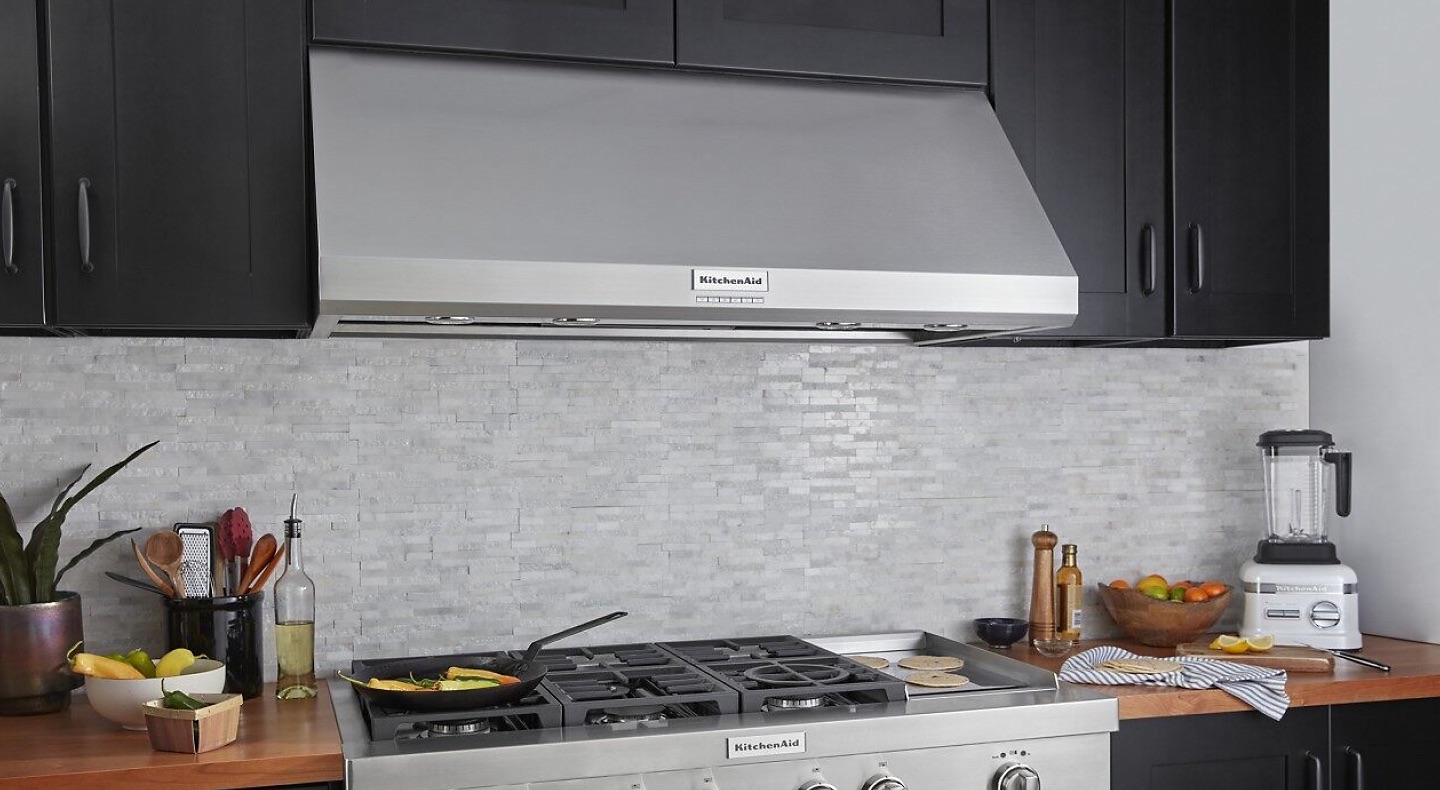
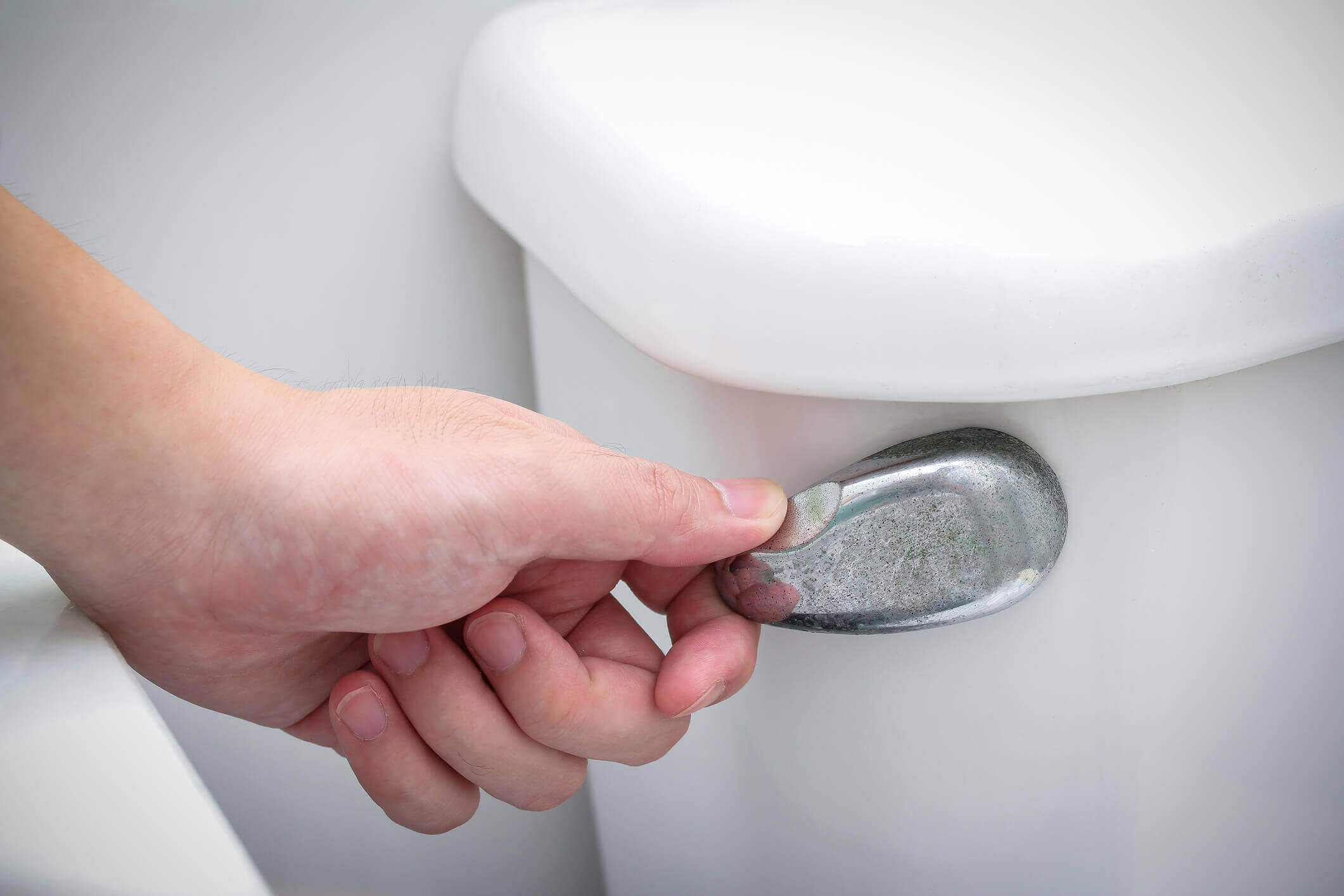
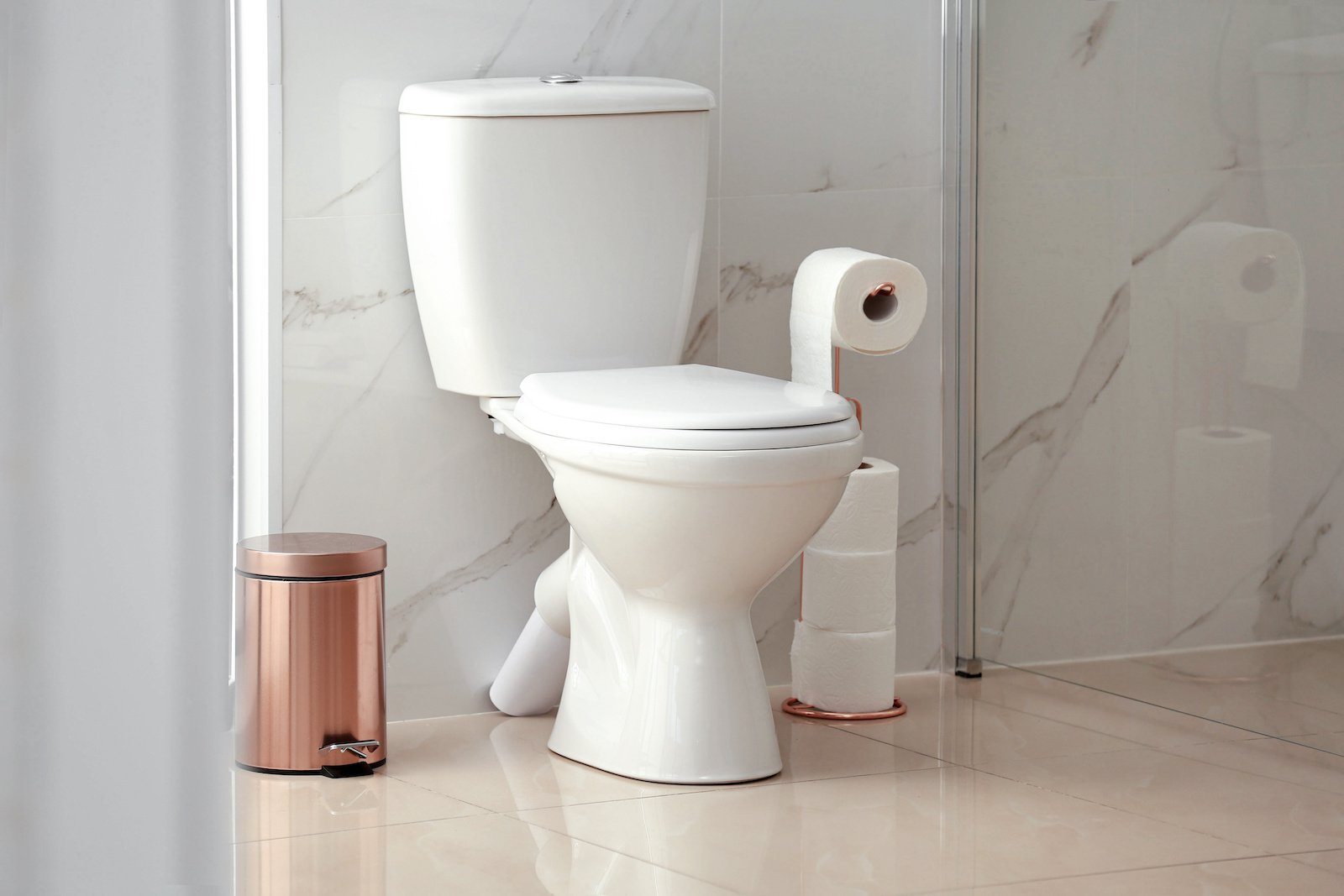
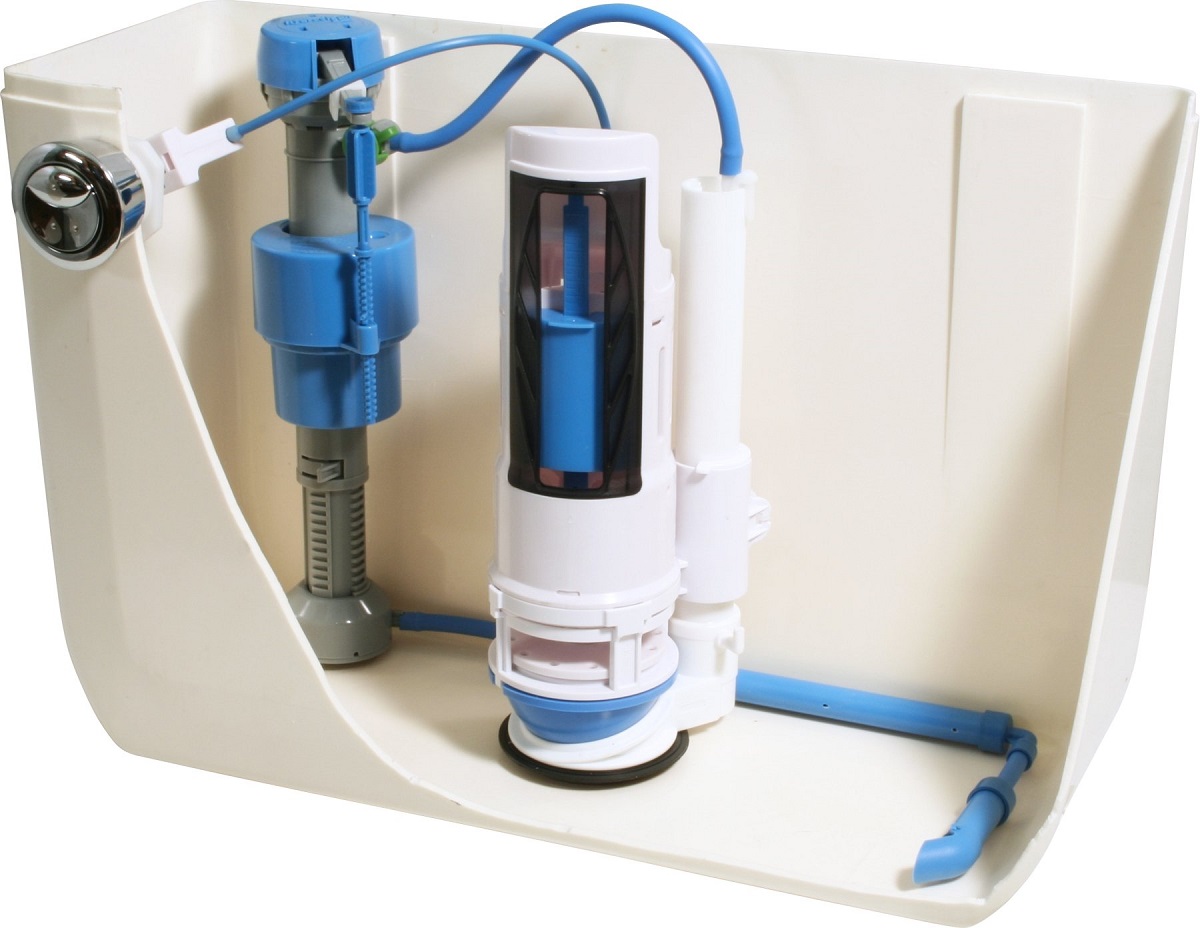
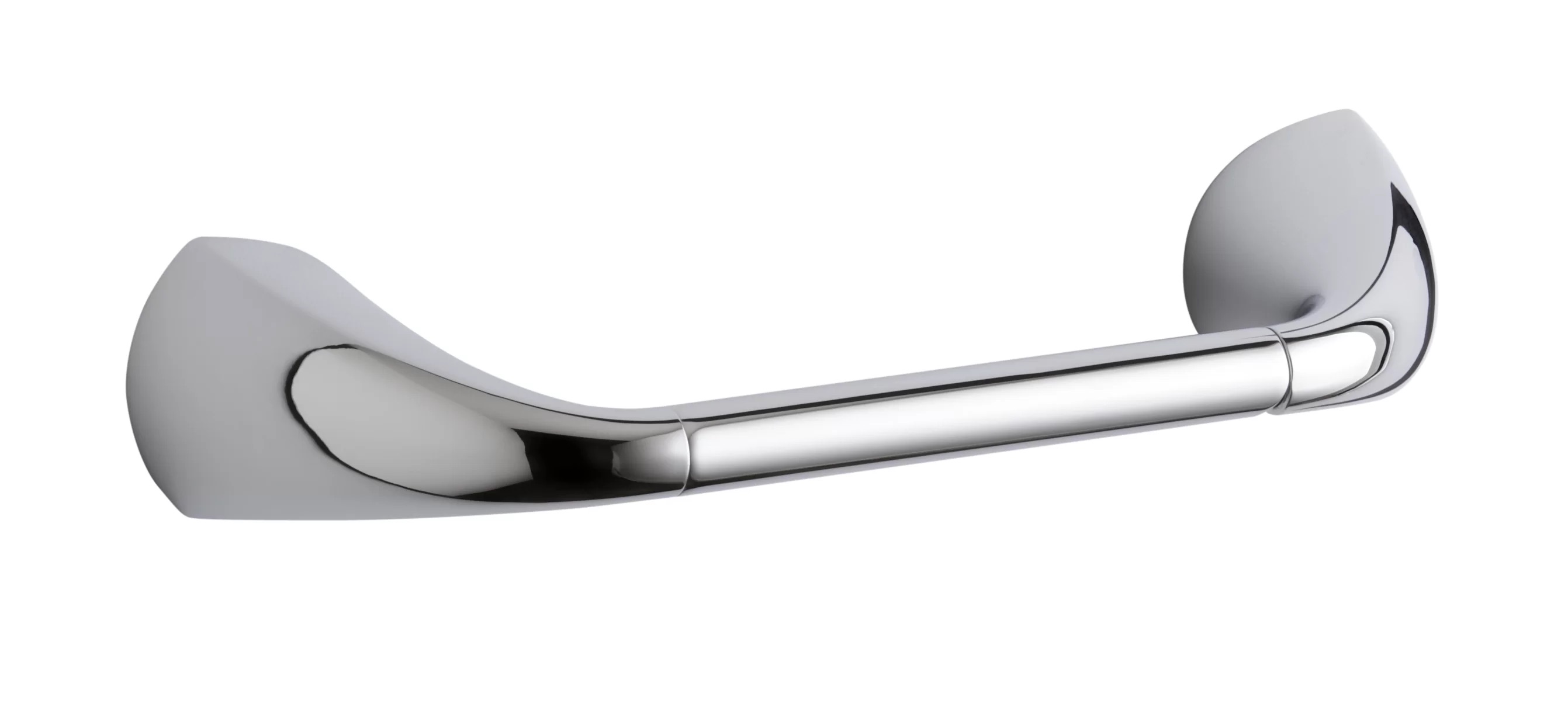
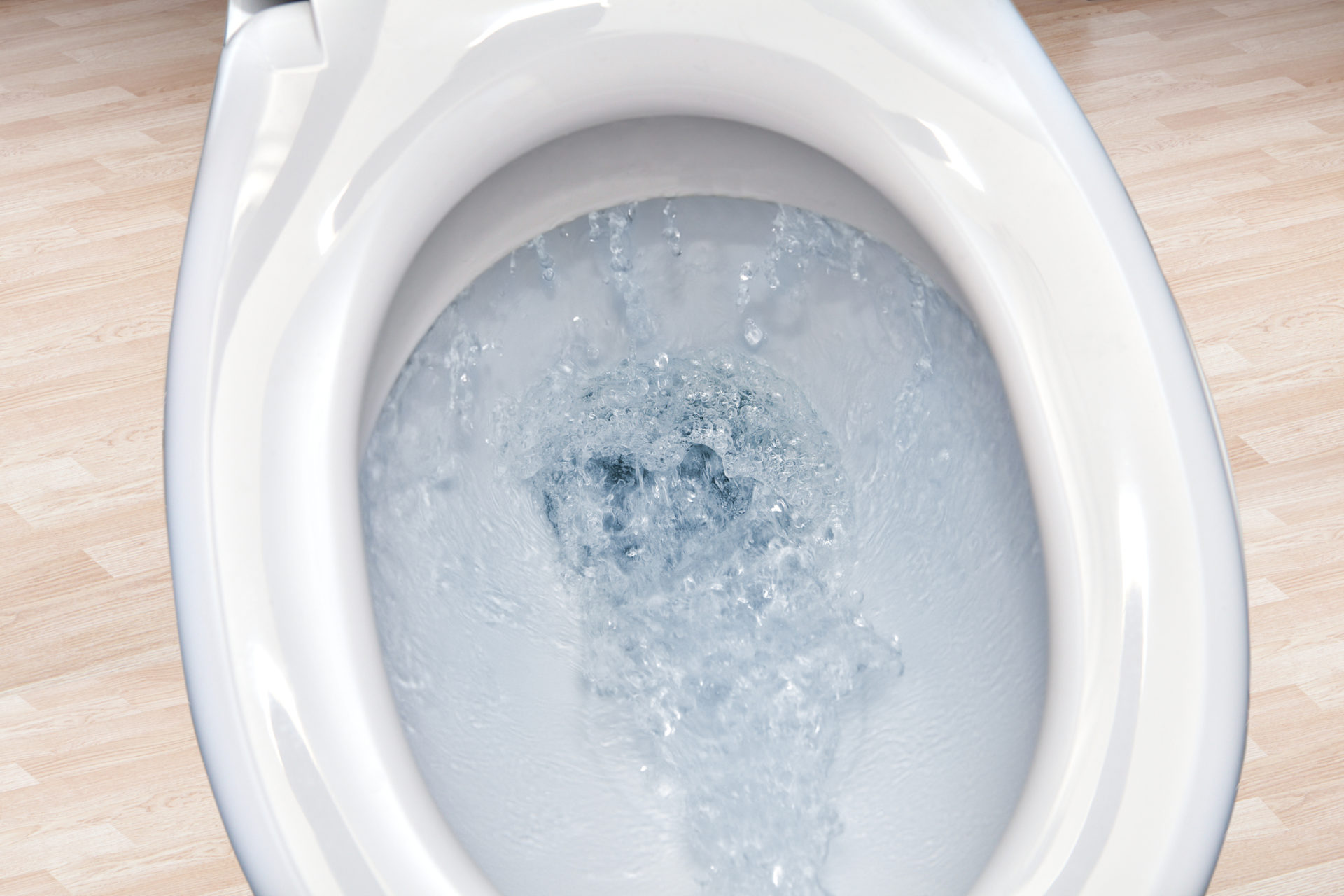
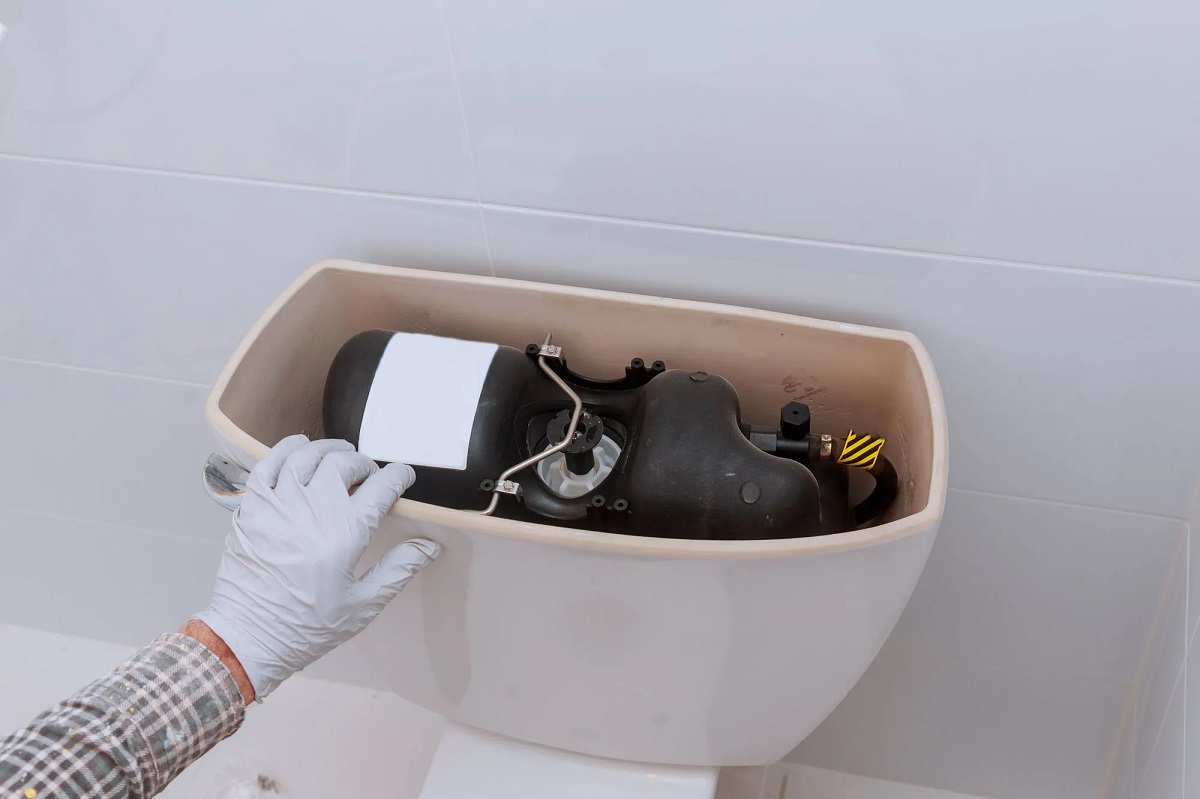
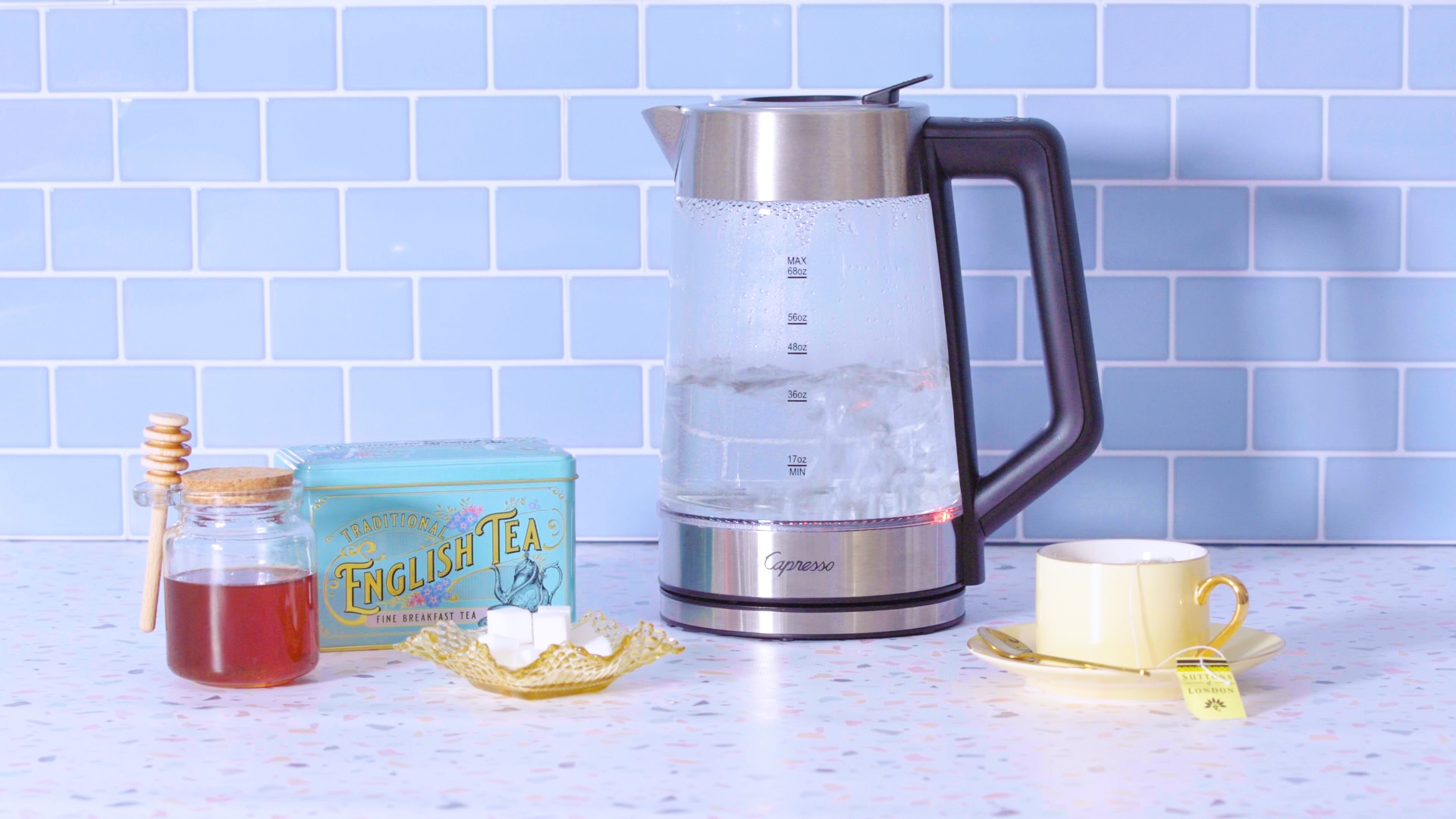
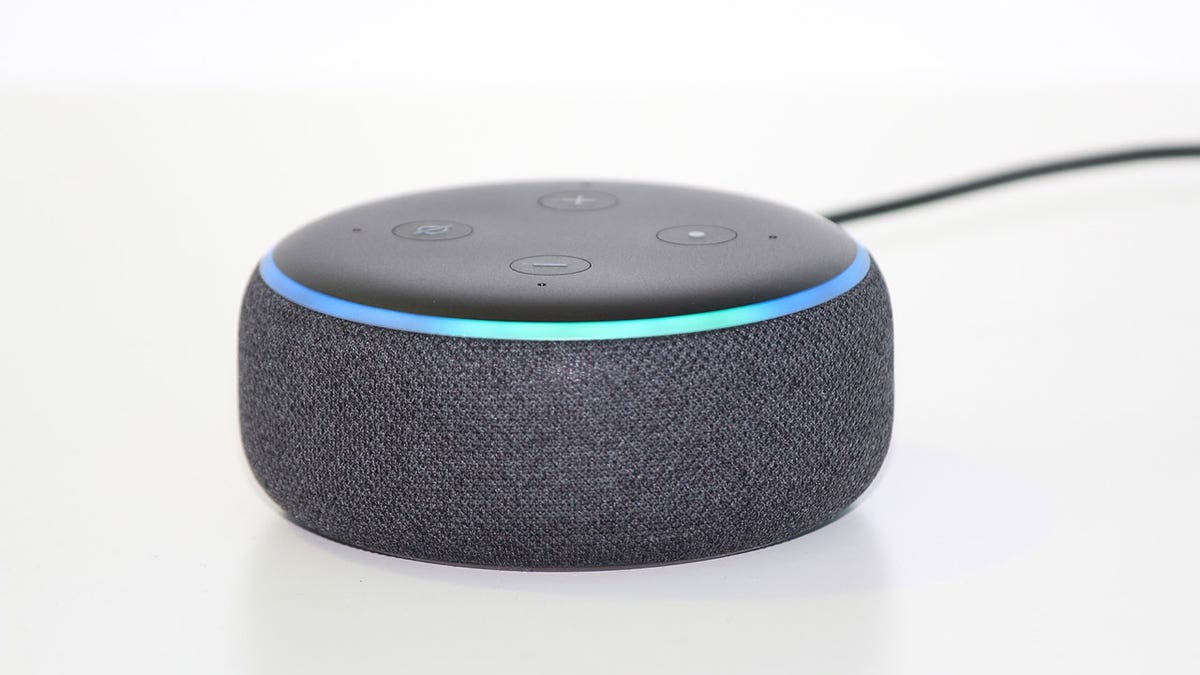



0 thoughts on “How Does A Dual Flush Toilet Work”